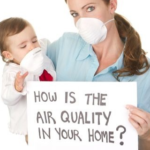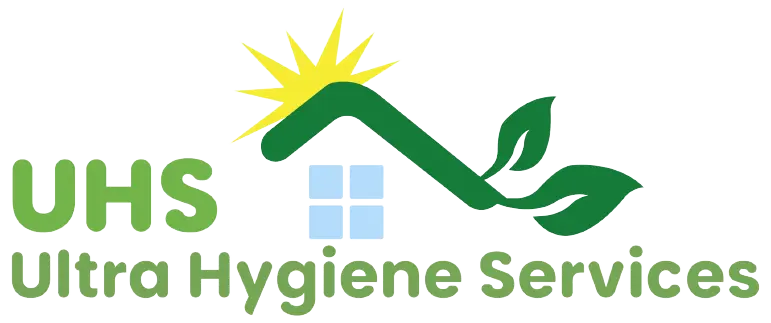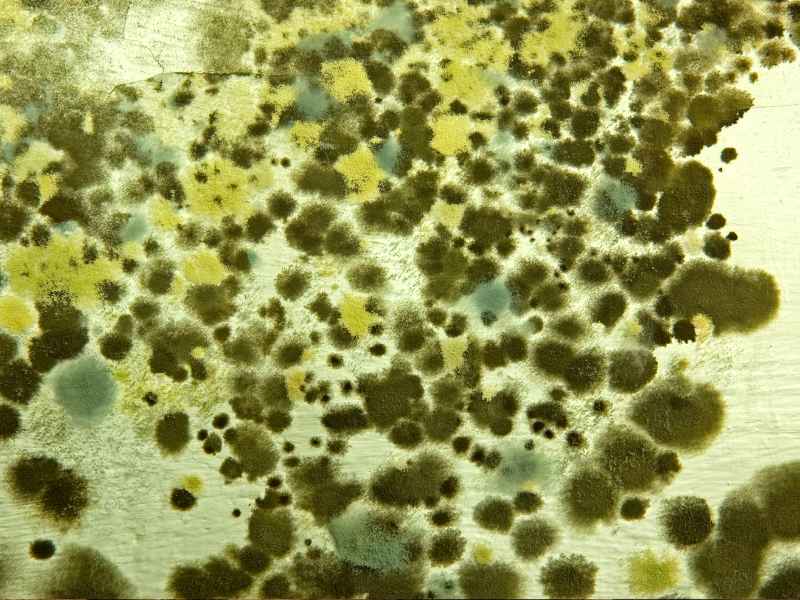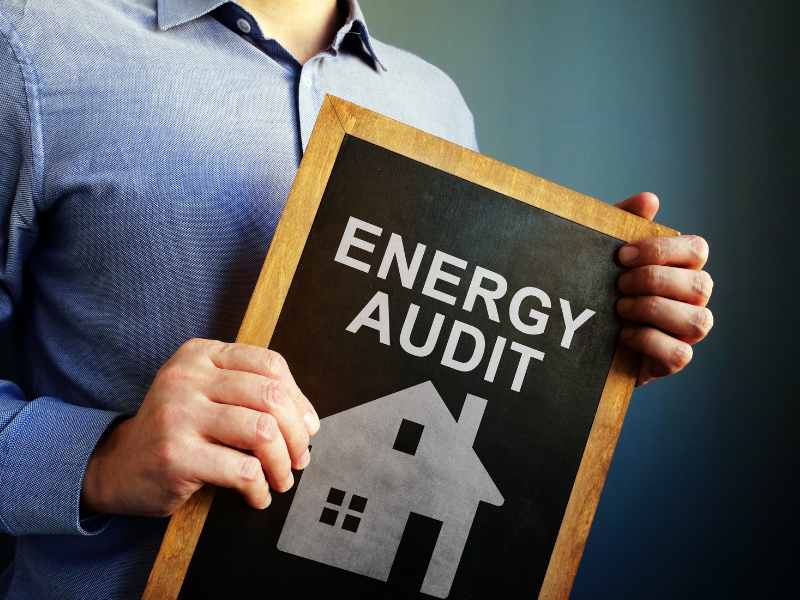Hidden Mold In Home
Should you have a mold inspection?
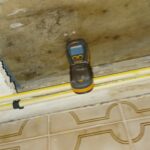
A mold inspection is an assessment to determine the presence of mold spores, including hidden mold, in a given area. It evaluates health risks and identifies specific types of mold spores. It helps determine if HVAC air duct cleaning is necessary to address mold-related problems. The mold inspection results provide insights for preventing and dealing with mold contamination.
A mold inspection is a formal assessment determining the presence of mold spores, including hidden mold, in a given area. It evaluates the health risks caused by mold exposure and identifies the specific types of mold spores present. Furthermore, it helps determine the necessity of HVAC air duct cleaning to mitigate mold-related problems. The results of a mold inspection offer crucial insights for effectively addressing and preventing mold contamination.
To assess the presence of mold spores, including hidden mold, in a particular area. It evaluates the potential health risks associated with mold exposure and identifies the specific types of mold spores present. Additionally, it plays a crucial role in determining the need for HVAC air duct cleaning to mitigate mold-related issues. The mold inspection results provide valuable insights for effectively addressing and preventing mold contamination.
Is the Presence of mold Normal?
Determining mold presence requires an experienced Indoor Environmentalist familiar with its signs. Mold can grow in hidden areas, making it difficult to detect during a general home inspection. Inhaling mold spores from indoor air can be harmful, especially for those with compromised immune systems. While most homes have some mold, its dangers are controversial.
It’s difficult to call mold out accurately during a general home inspection because mold sometimes grows in places where it can’t be readily seen, such as inside walls, making its discovery beyond the scope of the inspection. Also, mold’s dangers to human health are caused by inhaling spores from indoor air.
Most people with healthy immune systems have little or no problem with inhaling a few random spores. However, other people with immune systems compromised by lung disease, asthma, or allergies can develop severe or fatal fungal infections from mold spore levels that wouldn’t affect most people. Nearly every home has some mold, and mold colonies can increase, given the right conditions. Mold can be a safety concern, but it often isn’t. The dangers represented by mold are a controversial subject.
What is Hidden Mold in Home?
Hidden mold in home refers to mold growth that is not visible, while mold spores are microscopic particles released by mold colonies. Mold spores, including HVAC air ducts, can readily travel through the air, spreading tiny molds like Penicillium or Aspergillus. Cleaning HVAC air ducts regularly is crucial to prevent the spread of mold spores and potential health risks. Schedule regular HVAC air duct cleaning to reduce the presence and dissemination of mold spores.
When we say it can readily travel through the air, we are also saying that it will easily travel through the HVAC air ducts and spread mold spores, tiny ones like Penicillium or Aspergillus. While hidden mold refers to mold growth that is not readily visible, mold spores are microscopic particles released by mold colonies.
Mold spores are common indoors and outdoors and can readily travel through the air. Therefore, it is crucial to prioritize cleaning HVAC air ducts to prevent the spread of mold spores. Neglecting this maintenance can result in the circulation of tiny mold spores, such as Penicillium or Aspergillus, throughout your property, posing potential health risks. Hence, it is essential to schedule regular HVAC air duct cleaning to mitigate the presence and dissemination of mold spores.
Presence of Mold Spores
The presence of mold spores does not necessarily indicate the presence of hidden mold in home. Proper mold assessment and testing are necessary to identify hidden mold growth, especially in areas prone to moisture or water damage. Understanding the difference between mold spores and hidden mold is crucial for effective mold prevention and remediation efforts. The presence of mold spores does not necessarily indicate the presence of hidden mold. Proper mold assessment and testing are necessary to identify hidden mold growth, especially in areas prone to moisture or water damage. Understanding the difference between mold spores and hidden mold is crucial for effective mold prevention and remediation efforts.
Additional Resources: CDC
